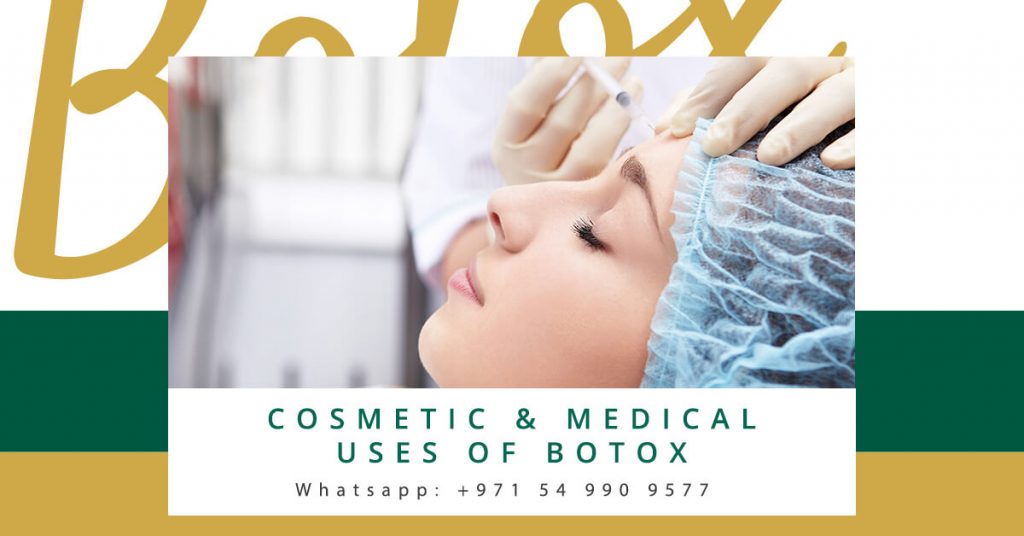
Botox is a protein made from Botulinum toxin, which is produced by the bacterium Clostridium botulinum. Though it is a toxin, but when medical practitioners use it correctly and in small doses, it can have several amazing benefits including both cosmetic and medical benefits.
As most of us are aware, botox injection is a magical way to reduce wrinkles and fine lines. It is helpful in various other treatments including eyelid spasms, excessive sweating, some bladder disorders, and migraine. In this blog we will tell you about its various uses, benefits and potential side-effects.
What is Botox & How does it Work?
Botox is a neurotoxin and botox injections are manufactured with very small doses of Botulinum toxin. The drug can temporarily paralyze muscles, which can benefit people with various muscle or nerve disorders.
Medical practitioners use Botulinum toxin by diluting the powder in saline and injecting it directly into neuromuscular tissue. Botox targets the nervous system, disrupting the nerve signaling processes that stimulate muscle contraction. This is how the drug causes temporary muscle paralysis. In order for any muscle to contract, the nerves release a chemical messenger called acetylcholine at the junction where nerve endings meet muscle cells.
Acetylcholine attaches to receptors on the muscle cells and causes the cells to contract, or shorten. Botox injections prevent the release of acetylcholine, which stops the muscle cells from contracting. In this way, the toxin helps the muscles to become less stiff helping with the reduction of fine lines and wrinkles.
Cosmetic uses
The primary use of botox injections is to reduce wrinkles and fine lines including, wrinkles around the eyes, known as crow’s feet, horizontal creases in the forehead, lines at the corners of the mouth and even for face contouring.
Medical uses
Medical conditions that may benefit from Botox include excessive sweating, any type of muscle spasms, teeth grinding (bruxism) and migraines. Other issues and medical conditions that may benefit from off-label Botox use include, facial redness and flushing, scars from wound healing, Hidradinitis Suppurativa, an inflammatory skin disease, blistering lesions due to Hailey-Hailey disease, a rare genetic disorder.
Possible Side-effects
The common side-effects of Botox include dry eye, numbness, mild pain, swelling or bruising around the injection site, a headache or a temporary eyelid drooping.
